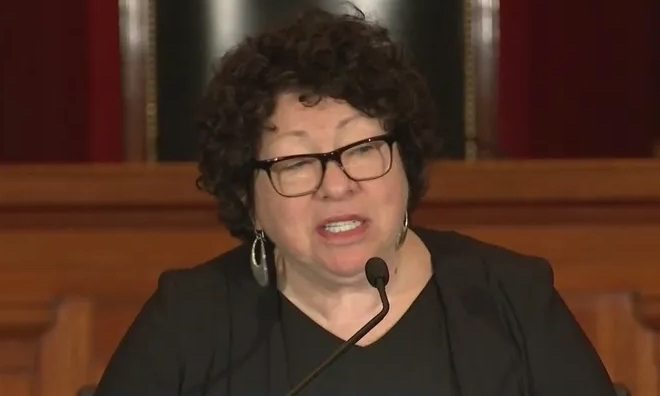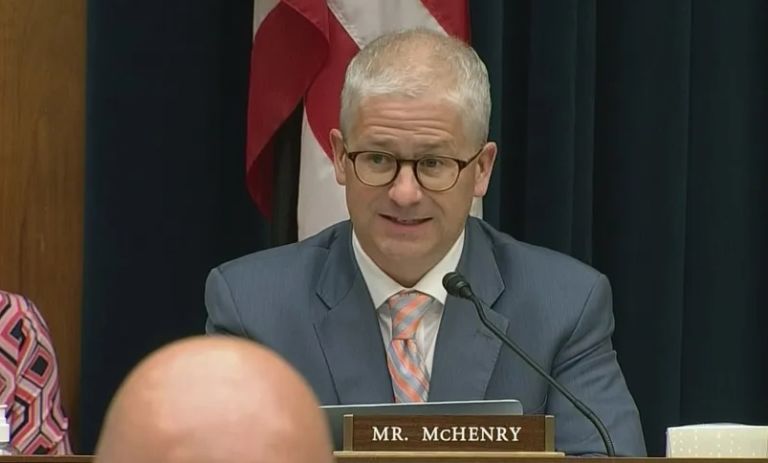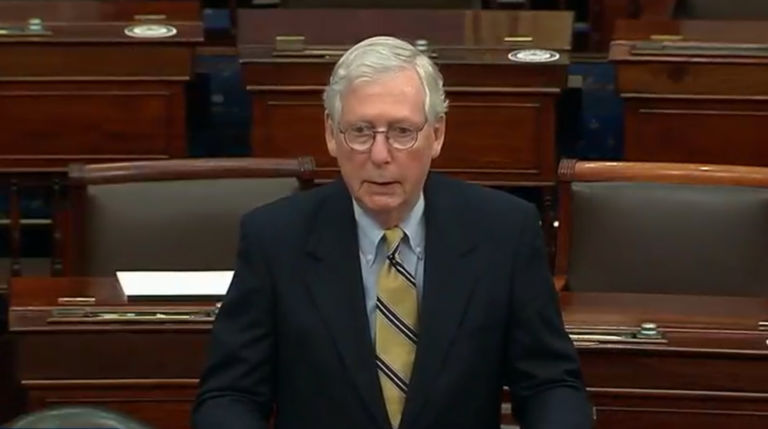Harvard economist Martin Feldstein offers Barron’s readers suggestions for addressing an unsustainable system of Social Security.
If it isn’t politically possible to raise the tax rate to support future retirees with the current structure of benefits, there are only two options to avoid a collapse of the entire system. One is to slow the future growth of benefits so that they can be financed without a substantial tax increase. The other is to shift from a pure PAYG system to a mixed system that supplements fixed benefits with returns from financial investments. …
… Consider the second option: combining the PAYG system with financial investments. Pension systems operated by private companies achieve benefits at a lower cost by investing in portfolios of stocks and bonds. A typical U.S. private pension has 60% of its assets in equities and the remaining 40% in high-quality bonds, providing a real (inflation-adjusted) rate of return of about 5.5% over long periods of time. In contrast, taxes collected for a PAYG system produce a real rate of return of about 2% without investing in financial assets, because real wages and the number of taxpayers rise.
It would be possible to replace the existing PAYG systems gradually with a pure investment-based system that produces the same expected level of benefits with a much lower tax rate. Unfortunately, the benefits produced by that contribution rate would entail significant risk that the benefits would be substantially below the expected level.
Research that I and others have conducted shows that a mixed system that combines the existing PAYG system with a small investment-based component can achieve a higher expected level of benefits with little risk of lower benefit levels.


